(3rd in an occasional series on Designing for User Agency).
1. Introduction
2. Model: from Find-Read to Find-SORT-Read
2b. “Bookpiles and Distilleries”
3. Tools to weave a personal web
4. Further Steps, a): analytics
5. Further Steps, b): idea for a Personal Peer Review Journal
6. Afterword: Objections, & why doesn’t Google do this now?
.
Introduction
Last year I presented to Quantified Self Silicon Valley about my explorations in “Healthier Information,” such as evaluating all my information sources for their value (to me). In that talk & slides I also discuss some key methods for reclaiming your attention in general, such as turning off or tightly managing all forms of alerting on your phone, computers, and email.
Recently I’ve been intensively exploring ways to manage and improve the media engagement we select for ourselves, such as Web articles, books, and video. In this post I’ll describe both how I think about the problem, and the specific online/reading tools I’ve set up to (try to) address it.
People rarely try to manage their attention deliberately across all media; but it seems to me they are rarely very satisfied by how well they’re doing it at all. Many people seem to experience their information flows as a sort of Hydra, the Greek mythological many-headed beast which grows back two heads for each one you cut off.
Or as just ennui, dissatisfaction, or (in work) stupor — like the sadness of channel-surfing or Facebook use — usually aimless drift rather than the joyous and productive, engaged state of flow described by psychologist Mihály Csíkszentmihályi.
media design challenge (for me, today): how can we move from unsatisfying stream-drift to engaged stream-navigate + flow + dive patterns?
— Tim McCormick (@tmccormick) September 5, 2013
2. Model: from Find-Read to Find-Sort-Read
I think it’s helpful to start by asking, what do we even mean by “media”? what do we want from this beast? Here’s a simple model by which I’m thinking about it, illustrated by my napkin-sketch from this evening:
a) Typical problem state: World > You
“Media” are any messages you get from the world (what’s between you and the world or others, thus ‘media’). So our typical state might be pictured like this:
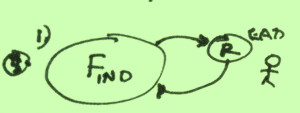 On the left is the world, and all the signals it throws off, creating the media environment (marked F, i.e. where you Find). Some of those signals, we accept and engage with in our reading space, R, which is an extension of ourselves.
On the left is the world, and all the signals it throws off, creating the media environment (marked F, i.e. where you Find). Some of those signals, we accept and engage with in our reading space, R, which is an extension of ourselves.
[the arrow at bottom, from R back to world F, represents either turning attention back to the world, or creating/communicating back to the world].
The problem is, this world is large and loud, perhaps often overwhelming of or discordant with our self, values, or goals. Many powerful forces, including your lesser selves, seek to lay waste your time and attention. As Wordsworth said, the world is too much with us.
b) Balancing World and Self
Hopefully, we can move toward a more balanced relationship with the world, in which R, our engagement, is more concordant with our selves and values, not overwhelmed by the world. So here, F and R are equal, in balance.
As Alex Soojung-Kim Pang said in The Distraction Addiction (2013), describing the practice of “Digital Sabbath,” this is “the art of aligning your inner and outer lives.”
.
c). Rebalancing tools
But how do we get to this balance? R, our reading and engagement and attention, needs to built up and evolved, to stand up to the larger world F‘s constant demands and distractions. This we do by building up our processes to Sort, Collect, & Filter: here marked ‘S’:
We need to build into our practices various loops that allow important things to come to attention, and that filter out or subside others. You could say this is a form of what learning theory calls meta-cognition, being able to think about thinking and choose your learning/problem-solving method, which is crucial for advanced cognition. Likewise, I’d say Good reading requires meta-reading.
Another way to look at building these loops is, it’s like building up a strong and resilient body, with healthy internal circulation, which can fully engage and stand up to the world.
By contrast, in the prevailing “news” model of information flows, which implicitly underlies the design of most media tools, a particular circulation pattern tends to be imposed upon you, of timeliness: everything is considered to quickly lose value in time, like you’re walking past it on a street. I see this as the news system projecting its own values and business models onto the individual, producing the subject for its product. By continually realigning individuals away from their own priorities and assessments, news tends to erode individual identity and agency, creating a state of susceptibility, as Jacques Ellul observed in Propaganda: The Formation of Men’s Attitudes.(1954).
Not that we shouldn’t have news at all. Good news environments, I picture as something like a good town or city street: open to diverse voices, discussion, new encounters, and serendipity. It’s valuable, even essential to spend time in public, walk around town, and see what/who’s about; but there are good reasons we have other spaces of increasing privacy and enclosure — from cafes to libraries, schools, offices, places of worship, to homes. These spaces allow focus, organization around our own values and goals, and private life. By contrast, the “news” model of information suggests an individual who is perpetually in public, in a state of susceptibility to whatever is attracting notice.
.
Book-piles and distilleries
I consider the humble, much denigrated book pile or shelf an excellent sorting tool in many ways, and useful contrast to the ‘news’ model. It provides a representation of prioritized attention, remaining calmly but clearly visible, ordered but easily resortable, communicating both to you and to others where you’d like to focus.
In a way the question now is, how do we build the ideal bookshelf, for today’s far more complex and fractured media? I say, a well-made shelf is a well-made self.
.
Another helpful metaphor, I’d suggest, is the distillery. Incoming streams are mixed, processed, and separated into constituents, some of which are high-value and refined, packaged for later use/appreciation.
.
Revising the above slightly, often it may work best to steer media right to the sorting/filtering S, rather than directly into our time/attention/self R. This is a familiar pattern from various contexts, such as the “Getting Things Done” idea of collecting all tasks/demands into one collector. Or, the very idea of ‘library’ — selections within which one can choose for current focus.
.
3. Tools to weave a personal web
In order to tackle the media Hydra, first for myself and hopefully then for others, lately I’ve been building out my personal net to collect and sort all my reading and watching.
Aside from the prioritization value, which is the focus of this post, I’ve discovered that read-it-later approaches can also have major advantages in economy and usability. In my series on Using a smartphone without a data plan in ReadWrite, I explored how read-it-later lets you use Web media, particularly on mobile devices, in an often more usable, offline way; and lets you use cheap or intermittent connectivity instead of expensive cable internet and mobile data plans.
Turning to my media collection system, though, essentially I have set up ways to automatically converge interactions with, mentions of, or notes on all media I pay attention to, into one place, the Diigo web-based bookmarking tool. I then use this as an overview, to select what to read or watch next; and periodically I filter and sort it, marking what I’ve read and upvoting what seems more important/interesting. Also, I make aspects of these flows visible in certain other environments, for sharing or social reading. Below is a screenshot of Diigo, with my “Reading queue” list loading, showing how items can be tagged, edited, sorted, or reordered by moving items up or down or to top or bottom.
In a way this is basic — survey, prioritize, focus — but actually I find it quite different from normal experience, of attention constantly dispersed and fractured across contexts. This approach makes it significantly easier for me to find time for great books, articles, videos, and films; and easier to shift attention away from low-value ephemera. There’s a sensation of relief in clearing away nagging demands on your attention, delight in getting to the treasures and goals which continual distraction and deferral have kept you from. It’s like, really? I’m allowed to now read this wonderful book which I’ve always want to read? Err, thank you, me.
Below are my main incoming streams/pools, which I mention not as attainments, but rather to suggest the scope of the problem:
- I follow about 1900 accounts on Twitter, and usually skim most postings, although I use many keyword, hashtag, and account filters. The result is perhaps 2-4k items per day. I also have various Twitter subject list covering 6-800 other accounts. From all this I read or favorite for later reading perhaps 10-30 items per day.
. - I subscribe to over 100 RSS feeds, and get maybe 50 email newsletters.
. - I have about 12k bookmarked Web items in Diigo, accumulated over several years.
. - I have an 800-item Amazon wishlist, mostly books, accumulated over 8-10 years, and add to it 10-20 items per month.
. - I have about 4000 print books, mostly in storage, and have a rotating selection of 40-50 of them out in my apartment. I usually check out a few new library books every 1-2 weeks.
. - I regularly skim local newspapers (Palo Alto area) and headlines of regional/national newspapers at cafes, and periodically I look through a few dozen magazines at a bookstore.
. - I have various lists of movies to watch, with perhaps 2-300 items. I watch on average 3-4 movies a week, and 10-15 shorter videos or podcasts.
.
3b. Weaving it together with IFTTT
My activities across these collections and streams are woven together mostly using a collection of RSS feeds and IFTTT (“IF This, Then That”). IFTTT is a brilliant, San Francisco-based service that lets you create “recipes” such that an action on your account at some Web service (say, adding an item to your Amazon wishlist), will automatically trigger an action on some other account of yours, such as sending a specified email from your Gmail account. For another view on using this service to organize book reading especially, see “IFTTT for Book Lovers: How to Get the Most Out of Reading Online,” a great recent post by Kevin Eagan on Critical Margins.
IFTTT has “hooks” available for almost every well-known Web service, to detect actions (“Triggers”) and prompt Actions:
So I am able to set up customized IFTTT recipes to weave together my media activities, and bookmark all media objects into my Diigo hub. Below are the main recipes and manual actions I use. The details don’t really matter — the point is, anything I note gets automatically collected into one place where it can be easily managed.
- Any item encountered while Web browsing can be added to Diigo by clicking a bookmarklet.
. - Most Web items I read using the Pocket read-it-later app on mobile or laptop. This pre-downloads and reformats material for easy reading.
. - Any item saved in Pocket is automatically added as bookmark in Diigo.
. - Any item favorited in Twitter is automatically sent to Pocket and bookmarked in Diigo.
. - While reading in Pocket, I often send links encountered back to Pocket for background retrieval, reformatting/caching, and Diigo auto-bookmark.
. - Any item added to Amazon wishlist is automatically added to “Booklist” queue in Diigo, and triggers tweet to @tmbooklist account.
. - Any book in LibraryThing (where I catalog my collection), if newly tagged #readlist gets added to Diigo Booklist queue.
. - Any PDF file saved to my public Dropbox folder automatically adds a Diigo bookmark in the PDF queue.
. - Reading.am: any items noted as “Reading” using bookmarklet is posted to Reading.am, and tweeted at @tmreading.
So I end up with Diigo as my “collector” hub, with sortable, searchable, and taggable bookmarks for every media object I’ve encountered, and specific subset queues for Web articles, books, PDFs, videos, and movies. All queues are easily sortable — can move items up/down one position, or to start or end. I also could upgrade to Diigo Premium, which for $6/mo would permanently archive a private copy of any Web content I bookmark.
Sharing / Social Reading features:
Queues are publicly viewable on Diigo, as HTML or RSS. I selectively post what I’m reading to my account at Reading.am, which causes them to also be tweeted at account @tmreading. When I add at item to my books reading list, it is also tweeted to @tmbooklist. These “social reading” signals are intended to invite co-readers or comments from others who have read or wish to read the book, etc.
.
4. Further Steps, 1: analytics
With all media objects managed in one place, we can imagine building various useful services on top of it. For example I forsee soon being able to look up estimates for the reading/watching time of most materials, and bringing that data into the system. Then it could do things like track the total reading time of what you’re adding, vs. how much you’re actually reading or alloting for reading, and signal imbalances.
The collector might also foreground or associate items more appropriate for a given context, such as an amount of available time, or on a common topic. Or, you might use it to rate materials with simple star or gesture ratings, over time building a picture of what sources you actually find valuable.
.
5. Further Steps, 2: idea for a Personal Peer Review Journal
My new setup, including the “social reading” signals, suggested to me another idea, for a “personal peer-review journal.” This would extend my reading system to get upvoting signals from my social/interest networks. For example, it might monitor my friends & Twitter follows to see which books/articles they mention, and add or ‘upvote’ those items in my system.
While community curation systems like Slashdot, Reddit, or HackerNews aggregate user signals in this way to form a single community view, the personal peer journal would use signals to help compose my individual reading flow. This would also differ from typical personalized recommender systems like Amazon‘s or Netflix‘s because a) it would be transparent and controlled by me; and b) it would be dynamically integrated into my media flow, not just a 1-way input coming from one service such as Amazon.
.
6. Afterword: Objections, and why doesn’t Google do this now?
I can guess what most people’s reaction may be to all this: that sounds like a lot of work! and why would I bother? Well, you might very well not — I certainly don’t assume everyone has the concerns I do, thank goodness. It’s true that initial setup may take some effort, especially since many tools are new and somewhat ad-hoc. On that point, as noted at the start, I’m especially interested in how people can take simple steps with immediate payoffs, that lead on to further steps: because this is often good behavioral-change practice, and because when you tell people “here’s my system for X,” as opposed to a ‘tip’ or ‘trick’ say, many tend to run for the hills.
However, I’d suggest that what’s often more work, and of a more grinding and demoralizing type, is having one’s attention constantly distracted and mis-prioritized, and diverted circumstantially into low-value use, while much of what you really value, enjoy, or need to do goes unattended.
Curating and prioritizing is actually a quite basic and universal thing, which practically everyone does in a variety of at least ad-hoc ways — book piles, to do lists, wishlists, etc. Here’s I’m just looking at how to make it more holistic across media domains, linked, automated, and augmented.
Also, I think many good filtering/feedback processes could be easily available and usable in future tools, if those tools were well-designed with user-agency goals in mind. For example, as I’ve explored elsewhere, there are fairly obvious ways Twitter might help users curate for higher-value reading flow, such as supporting user/keyword filters. Netflix’s movie queue feature used to be quite good, before they shifted toward pushing you their smaller selection of streaming movies. RSS readers like Google Reader, now replaced by its acquisition Feedly, are quite user-agency-centric products, letting readers aggregate material from many Web sources.
However, it seems to me that much of information-design research and media product development, at least in the consumer sphere, remains oriented not toward user agency but to “doing for you” (i.e. the undying ‘intelligent agents’ paradigm, and Google’s relentless effort to relieve you of thinking); or often, “doing to you”, the behavioral design and personalization increasingly used to manipulate you. But I believe that even if tech cos think most consumer users don’t want more agency, there are key, valuable sectors in enterprise, professional, user-innovator and lead-adopter worlds who do.
Anyway, this is what I want, find interesting, believe in, and would rather focus on — call me Ishmael.
.


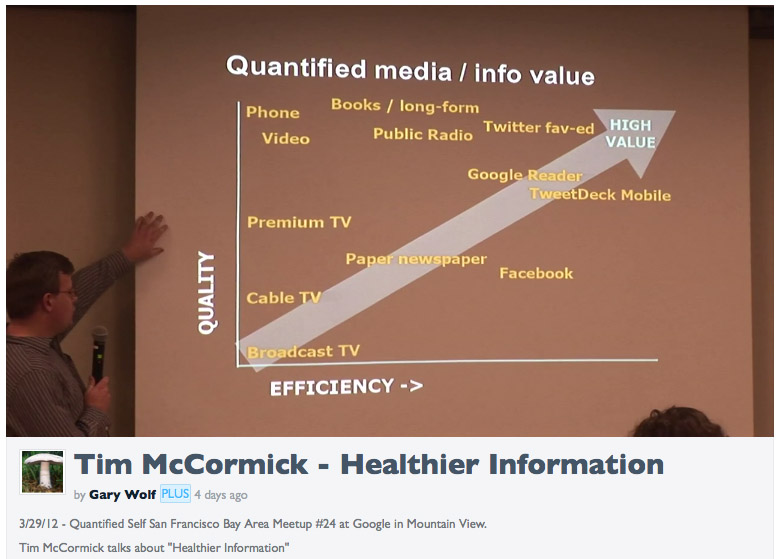
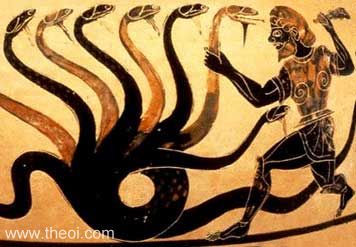

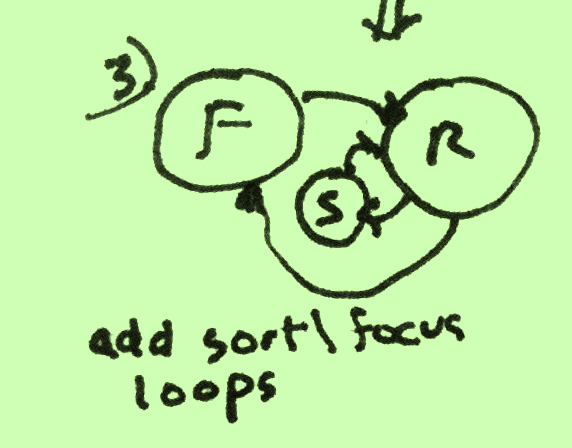

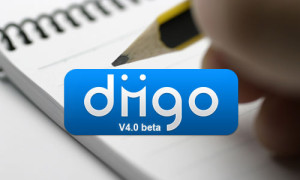
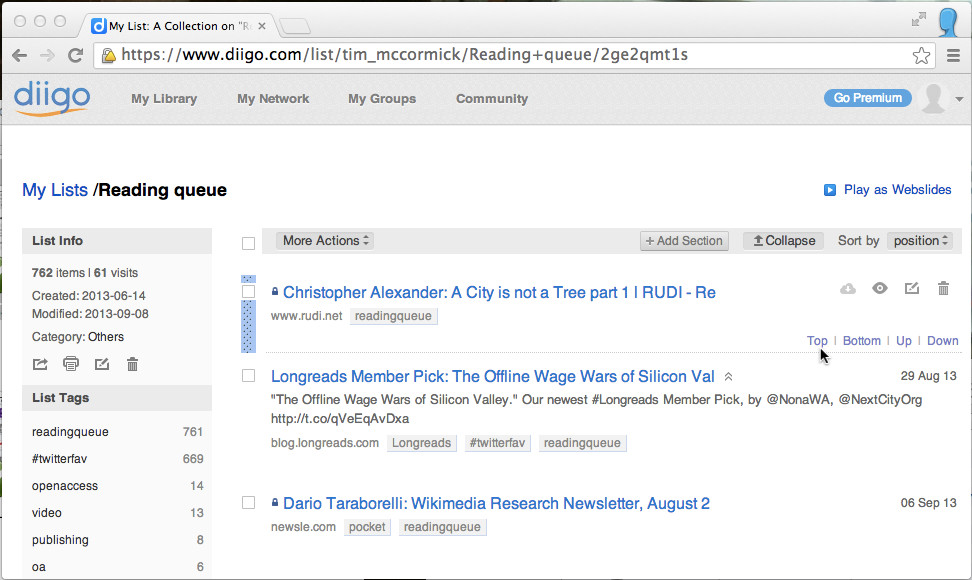


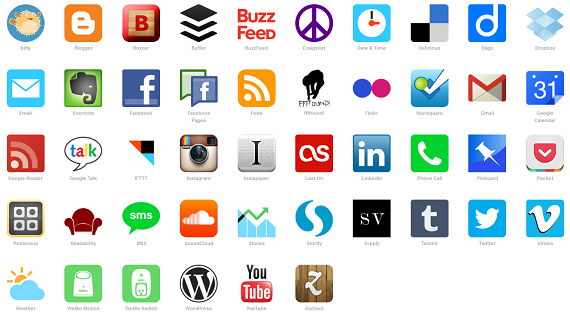
Pingback: Tim McCormick (@tmccormick)
Pingback: Tim McCormick (@tmccormick)
Pingback: Tim McCormick (@tmccormick)
Pingback: Tim McCormick (@tmccormick)
Pingback: @b_hawk
Pingback: @kalanicraig
Pingback: Tim McCormick (@tmccormick)
Pingback: Tim McCormick (@tmccormick)
Less than two weeks before you published this, I posted a screencast video showing how I use tools like Pocket, Diigo & IFTTT, all underpinned by a GTD-system powered by DoIt.im, to tame the information firehose: http://mathewlowry.tumblr.com/post/59662964425/taming-the-firehose-scan-queue-tag-and-share
Talk about convergent evolution… ;)